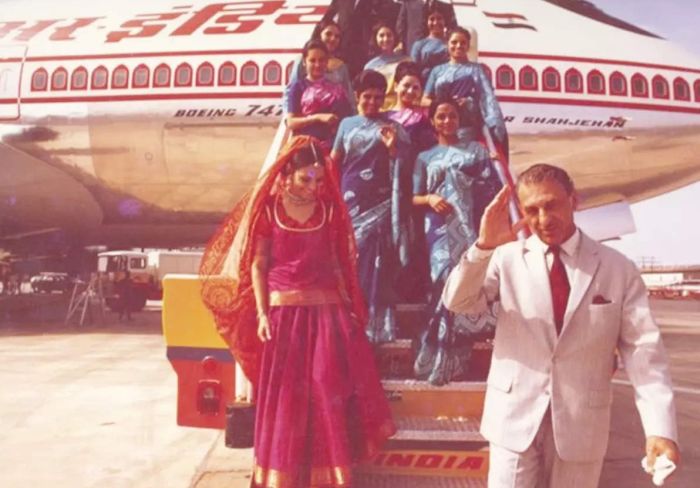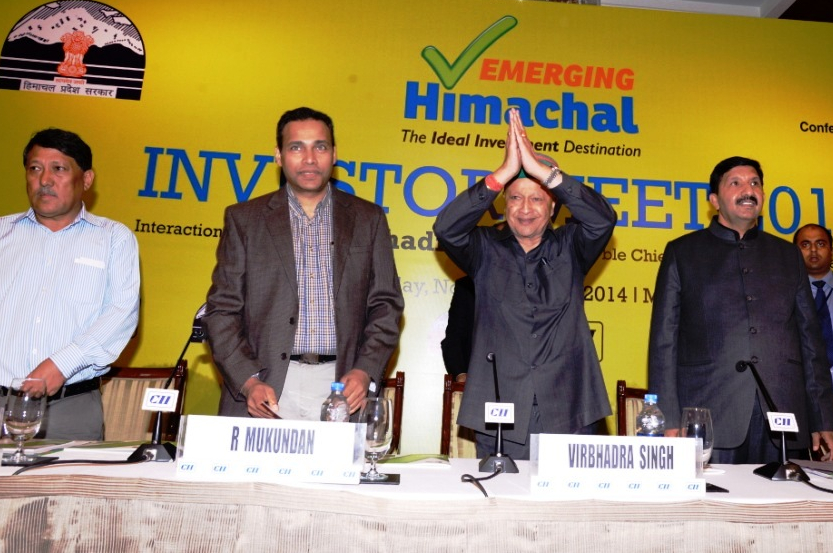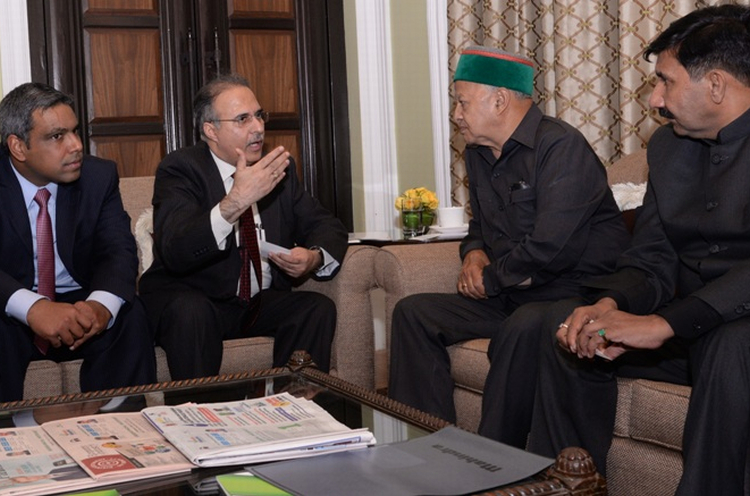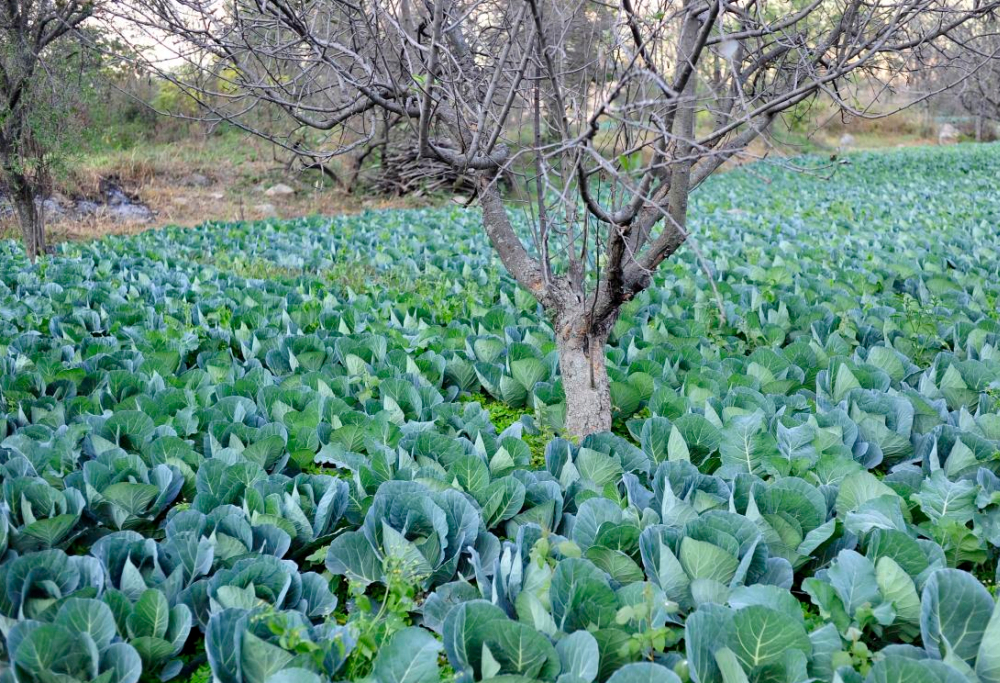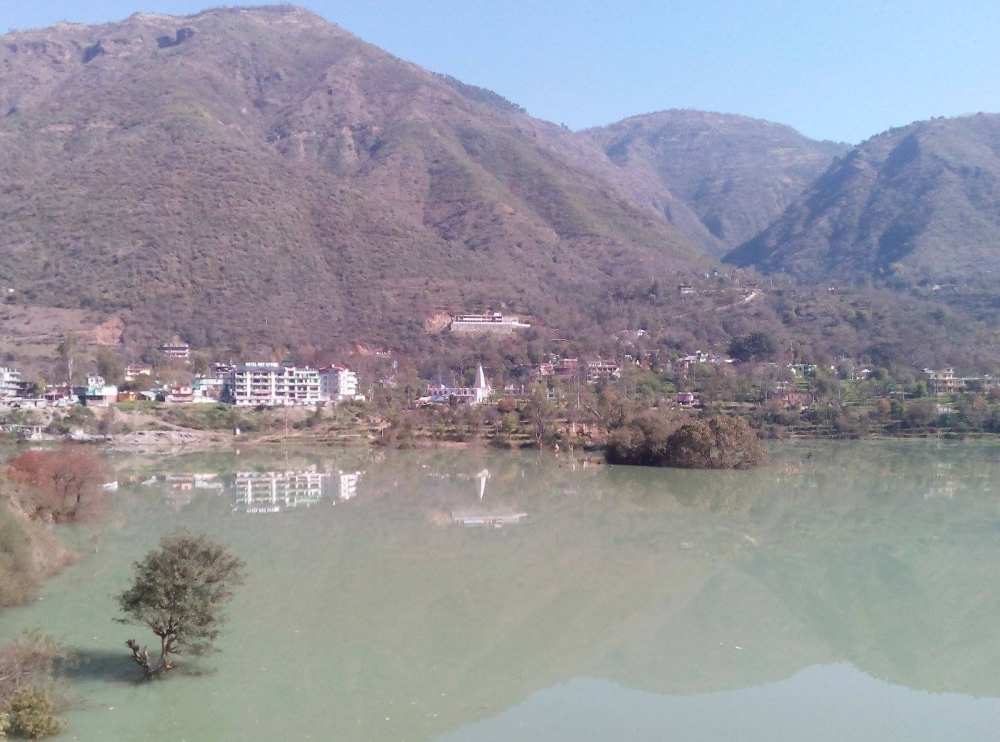Air India, which had been costing the country’s taxpayers to keep it flying for the past many years, has now returned to its founder, Tata Group. The Tata Group is the pride of the nation and is always ready to take India to glorious heights. The ‘Maharaja’ of Air India, after seeing countless ups and downs for 69 years, has now reached its palace with full gusto. It is a moment like the homecoming of the Maharaja. In the 90-year history of Air India, its owner changed, but the mascot i.e., Maharaja did not change. The long moustache and red turban of Maharaja has always been a global rage in all the airline’s ad campaigns.
Air India, which was started by JRD Tata in 1932, has now again come to the Tata group. Then its name was Tata Airlines. After independence, it was nationalized in 1953. The government named it Indian Airlines for domestic services and Air India International for global services. Today, Air India, apart from its 144 aircrafts, has 4480 landing and parking slots within the country and 2738 abroad.
The status of the Maharaja mascot, which was adopted in the year 1946, continues to this day, although in 2015 the Maharaja took a modern look with jeans and sneakers. The Maharaja’s mascot was designed by Sorab Kaikusru alias Bobby Kuka, the then commercial director of Air India, and Umesh Rao, an artist of an advertising agency named J Walter Thompson Ltd. Bobby was so impressed by his friend industrialist Syed Wajid Ali’s moustache and turban that he took the Maharaja’s look from there. Meanwhile, Tata Sky’s name has been changed to Tata Play. In such a situation, it is being speculated that the three airlines of the Tata group (Air India, Vistara and AirAsia) may now operate under the banner of Tata Sky. The Tata group has announced a focus on digital, new energy, flexible supply chain and healthcare in the coming years. Tata Sons chairman Natarajan Chandrasekaran says the International Monetary Fund (IMF) has projected India’s economy to grow at 8.5 per cent, which is higher than the world’s estimated 4.9 per cent growth.
The Tata group expects that it can play an effective role in fulfilling India’s ambition of becoming a three trillion-dollar (about Rs 225 lakh crore) economy by 2024. India’s civil aviation market has been facing the brunt of the pandemic for the last two years. Due to low passenger turnout, airlines have to cancel their flights frequently. But in the next six months, apart from Air India, two other airlines are also preparing to open their wings. The flights of the stock market king Rakesh Jhunjhunwala’s Akasa and Jet Airways are about to start. In terms of air passengers, India is at number three after China and America. If all goes well, then in the next seven to eight years period, India can reach number one position in the world and Air India will play a decisive role in this feat, there is no doubt about it. Air India is supposed to regain its glory under the leadership of the Tata group.


